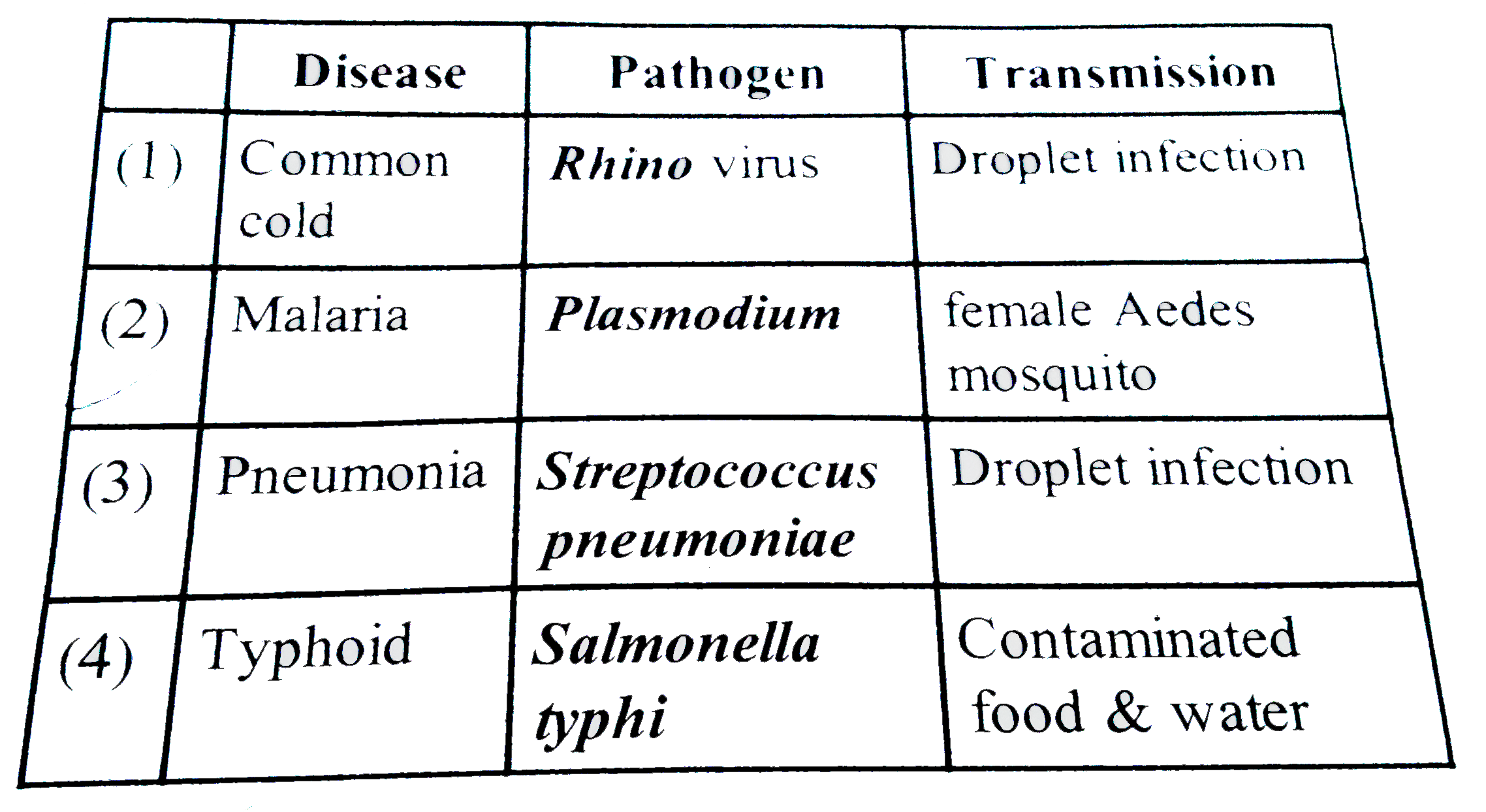Answer the question according to instructions.
Diphtheria: Pathogen name, mode of transmission, incubation period.
Step-by-Step Solution:
1. Identify the Pathogen Name:
- Diphtheria is caused by a bacterium known as *Corynebacterium diphtheriae*. This bacterium is characterized as gram-positive and anaerobic.
2. Determine the Mode of Transmission:
- Diphtheria is transmitted through direct contact from person to person. The primary modes of transmission include:
- Respiratory droplets released when an infected person coughs or sneezes.
- Touching surfaces that have been contaminated by the bacteria.
3. Establish the Incubation Period:
- The incubation period for diphtheria is typically between 2 to 5 days after exposure to the pathogen. However, it can range from 1 to 10 days in some cases.
Final Answers:
- Pathogen Name: *Corynebacterium diphtheriae*
- Mode of Transmission: Direct contact (respiratory droplets, touching infected surfaces)
- Incubation Period: 2 to 5 days (can range from 1 to 10 days)
---
- Diphtheria is caused by a bacterium known as *Corynebacterium diphtheriae*. This bacterium is characterized as gram-positive and anaerobic.
- Diphtheria is transmitted through direct contact from person to person. The primary modes of transmission include:
- Respiratory droplets released when an infected person coughs or sneezes.
- Touching surfaces that have been contaminated by the bacteria.
- The incubation period for diphtheria is typically between 2 to 5 days after exposure to the pathogen. However, it can range from 1 to 10 days in some cases.
- Pathogen Name: *Corynebacterium diphtheriae*
- Mode of Transmission: Direct contact (respiratory droplets, touching infected surfaces)
- Incubation Period: 2 to 5 days (can range from 1 to 10 days)
Topper's Solved these Questions
- BOOK - ICSECHAPTER - HUMAN HEALTH AND DISEASE EXERCISE - PRACTICE QUESTIONS (Short Answer Type-II Questions)39videos
HUMAN HEALTH AND DISEASE
- BOOK - ICSECHAPTER - HUMAN HEALTH AND DISEASE EXERCISE - PRACTICE QUESTIONS (Long AnswerType Questions)24videos
HUMAN HEALTH AND DISEASE
- BOOK - ICSECHAPTER - HUMAN HEALTH AND DISEASE EXERCISE - PRACTICE QUESTIONS (Very Short Answer Type Questions)38videos
HUMAN HEALTH AND DISEASE
- BOOK - ICSECHAPTER - EVOLUTIONEXERCISE - COMPETITION CORNER (Assertion and Reason Type Questions (For AIIMS aspirants))26videos
EVOLUTION
- BOOK - ICSECHAPTER - HUMAN REPRODUCTIONEXERCISE - SOURCE BASED QUESTIONS22videos
HUMAN REPRODUCTION
Similar Questions
Knowledge Check
- Question 1 - Select One
Answer the questions an instructed.
The inclination of the line x+√3y+7=0 isA2π3Bπ3Cπ6D5π6
Answer the questions an instructed.
Find the derivative of (secx−1)(1+secx) w.r.t x.View SolutionEach question contains STATEMENTS-1 (Assertion) and STATEMENT -2 (Reason).
Examine the statements carefully and mark the correct answer according to the instructions given below:
STATEMENT-1: The order of reaction can have fractional value.
STATEMENT-2: For an elementary reaction, the parial orders are determined by the reaction stoichiometryView SolutionAnswer the questions as instructed .
Empirical formla of Mode = 3 Median - ……..View SolutionIn sub - parts (i) to (x) choose the correct option and in sub - parts (xi) to (xv) , answer the questions an instructed.
How many words , with or without meaning ,can be formed using the letters of the word ENGINEERING ?View Solutionmention any two human diseases caused by round worms. Name their causative agents and their mode of transmission into the human body.
View SolutionDefine the terms infection, pathogen, incubation period and allergen.
View SolutionAnswer the question briefly in one two sentence:
Name the hormone crucial in parturition.View Solution


